A Must-Read for Pet Owners: 6 Crucial Tips to Keep Your Dog’s Collar Safe
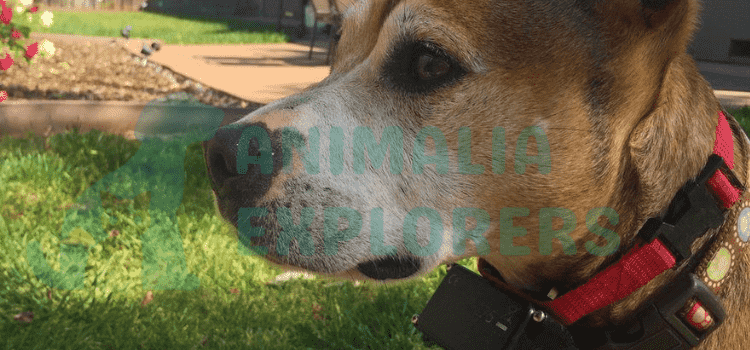
6 Crucial Tips to Keep Your Dog’s Collar Safe
Attention all pet owners! If you’re a proud parent to a furry friend, then this blog post is an absolute must-read. We know how much you love your adorable canine companion, and their safety is always a top priority. That’s why we’ve put together 6 crucial tips that will ensure your dog’s collar remains secure at all times. From preventing collar accidents to choosing the perfect fit, we’ve got you covered with expert advice and practical solutions. So grab a cup of coffee, sit back, and get ready to become the ultimate guardian for your four-legged best friend!
Introduction to the importance of dog collar safety
Dog collars are an essential accessory for pet owners, as they not only serve as a fashion statement but also help with training and identification. However, what many pet owners fail to realize is the importance of ensuring that their dog’s collar is safe. A poorly fitting or low-quality collar can lead to serious injuries or even death for your furry companion. In this section, we will discuss the significance of dog collar safety and how you can keep your dog safe.
- Prevent Accidents:
One of the main reasons why dog collar safety is crucial is to prevent accidents. A loose or ill-fitting collar can easily get caught on fences, branches, or furniture, leading to choking or strangulation. This risk increases when dogs are left unsupervised outdoors or during playtime with other dogs. By ensuring that your dog’s collar fits properly and has no loose ends that could get snagged, you can greatly reduce the chances of such accidents. - Avoid Health Issues:
Another reason why dog collar safety should be a top priority is to avoid health issues in your pet. Collars that are too tight can cause skin irritation, and fur loss and restrict blood flow to vital organs in extreme cases. On the other hand, a heavy or bulky collar can put unnecessary pressure on your dog’s neck and spine, resulting in pain and discomfort over time. Therefore it is important to choose a well-fitted and lightweight collar for your furry friend. - Identification Purposes :
Collars are an essential tool for identifying your dog and keeping them safe. They typically hold identification tags with your contact information, making it easier for others to return your lost pet. However, if the collar is not secure or snaps off easily, your dog could get lost without any form of identification. Therefore, regularly checking the condition and fit of your dog’s collar can give you peace of mind in case they ever get separated from you. - Training:
Collars are often used in training to establish control and discipline over dogs. However, if a collar is not appropriately fitted or causes discomfort, it can have a negative impact on your dog’s behavior and make training less effective. A comfortable and well-fitted collar will ensure that your dog is focused and receptive during training sessions. - Choose High-Quality Collars:
Investing in a high-quality collar is essential for your dog’s safety. Cheaply made collars with weak buckles or materials that fray easily can pose a significant risk to your pet’s well-being. It is worth spending a little extra on a durable collar made from quality materials to ensure its longevity and safety.
Tip #1: Choosing the right size and material for your dog’s collar
Choosing the right size and material for your dog’s collar is crucial for their safety and comfort. A properly fitted collar will ensure that your furry friend can’t escape or accidentally hurt themselves, while the right material will provide durability and comfort.
Here are some tips to follow when choosing the perfect collar for your pup:
- Measure Your Dog’s Neck Size
The first step in finding the right collar size is to measure your dog’s neck. Use a soft measuring tape or a piece of string to wrap around their neck, leaving enough room for two fingers to fit between the tape/string and their neck. This will give you an accurate measurement of their neck size. - Consider Your Dog’s Breed and Age
Different breeds may require different sizes and types of collars. For example, small dogs like Chihuahuas may need thinner collars compared to larger breeds like Great Danes. Additionally, puppies may need frequent adjustments as they grow, so opt for an adjustable collar rather than a fixed one. - Choose the Right Material
Collars come in various materials such as nylon, leather, cotton, or metal chain links. Each has its advantages and disadvantages depending on your dog’s needs.
Nylon: This is a popular choice due to its affordability, durability, and easy maintenance. It is also ideal for dogs with sensitive skin as it doesn’t cause irritation.
Leather: Leather collars are more stylish but may cost more than nylon ones. They are durable and become softer with
Tip #2: Ensuring proper fit and comfort for your dog
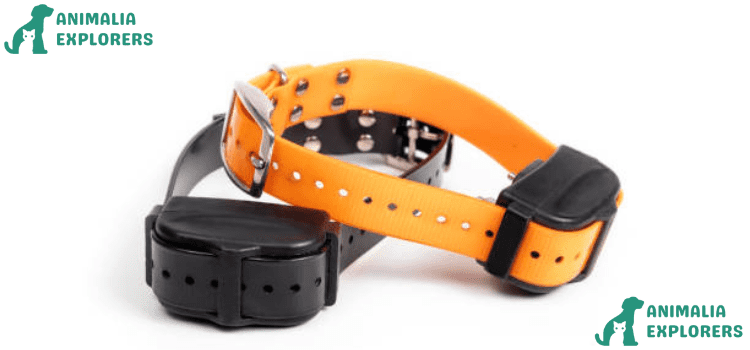
When it comes to selecting a collar for your furry friend, ensuring proper fit and comfort is essential. Not only will this keep your dog safe and comfortable, but it also ensures that the collar performs its intended function effectively. Here are some crucial tips to follow when choosing and adjusting a collar for your dog.
- Measure accurately: Before purchasing a collar, it’s important to measure your dog’s neck accurately. Use a soft measuring tape and wrap it around the base of your dog’s neck where their collar should sit comfortably. Make sure you can easily slide two fingers between the measuring tape and your dog’s neck for the perfect fit.
- Consider the width of the collar: The width of the collar plays a significant role in providing comfort to your dog. A wider collar distributes pressure more evenly across the neck than a narrow one, reducing strain or discomfort on the throat area.
- Avoid tight collars: It may be tempting to tighten your dog’s collar to ensure they can’t slip out of it, but this can cause serious health issues such as choking or damage to their windpipe over time. Always make sure there is enough space between the collar and your dog’s neck for them to breathe comfortably.
- Check for chafing: Collars made from rough materials or those that are too tight can cause chafing on your dog’s skin, leading to irritation, hair loss, or even open wounds in severe cases. Regularly check for any signs of chafing and make sure to adjust the collar or switch to a different type if necessary.
Tip #3: Regularly check and replace worn-out collars
Your dog’s collar is not just a fashion accessory, it serves an important purpose of keeping them safe and secure. However, over time, collars can become worn out and lose their effectiveness, putting your pet at risk. That’s why it’s crucial for pet owners to regularly check their dog’s collar for signs of wear and tear and replace it when necessary.
Here are some key reasons why you should make it a habit to regularly check and replace your dog’s collar:
- Safety first: The primary purpose of your dog’s collar is to keep them safe and secure by attaching a leash or identification tags. A worn-out collar can easily break or snap while on a walk, potentially leading to dangerous situations such as losing your pet or causing them harm if they run off into traffic. Additionally, frayed edges or sharp parts on the buckle can cause discomfort or skin irritation for your furry friend.
- Changes in size: As dogs grow older, they may gain or lose weight which can result in changes in their neck size. This means that the old collar may no longer fit properly, either becoming too tight or too loose. A snug fit is important for ensuring that the collar doesn’t slip off while also being comfortable for your dog to wear.
- Wear and tear: Dog collars go through a lot – from everyday use to rough playtime activities – which can lead to wear and tear over time. Fr
Tip #4: Using a breakaway or quick-release collar for outdoor activities
When it comes to outdoor activities with your dog, safety should always be a top priority. One way to ensure their safety is by using a breakaway or quick-release collar during these outings. Here’s why and how to choose the right one for your furry friend.
Why Use a Breakaway or Quick Release Collar?
Breakaway or quick-release collars are designed with a special mechanism that allows them to easily come apart in case of an emergency. This can be life-saving if your dog gets caught on something while playing or exploring outdoors. The collar will simply break away, preventing any potential choking hazards.
These types of collars are particularly useful for dogs who love to run and play off-leash, as they may get tangled in branches or other objects without you realizing it. In these situations, having a breakaway collar can give you peace of mind knowing that your dog won’t get stuck and potentially injured.
How to Choose the Right Breakaway/Quick Release Collar

When shopping for a breakaway or quick-release collar, there are a few things to consider:
- Fit: Just like traditional collars, it’s important for the breakaway/quick-release collar to fit properly on your dog’s neck. It should be snug enough so that it doesn’t slip off easily but also loose enough so that it can break away when needed.
- Material: Look for collars made from durable materials such as nylon or leather and avoid plastic ones as they may not hold up well in case of a breakaway.
- Closure: There are different types of closures for breakaway/quick-release collars, including buckle, snap, and hook-and-loop. Consider your dog’s personality and behavior to choose the best type for them.
- Activity level: If your dog is more active and loves to play rough, look for a collar with a stronger breakaway mechanism. On the other hand, if your dog is calmer and less likely to get tangled, a lighter breakaway mechanism may suffice.
In addition to using a breakaway or quick-release collar, it’s also important to regularly check the fit and condition of the collar as well as supervise your dog during outdoor activities. With these measures in place, you can enjoy peace of mind knowing that your furry friend is safe while having fun outdoors.
Tip #5: Properly identifying your dog with tags and microchipping

Proper identification of your dog is essential for their safety and well-being. In case your furry friend gets lost or accidentally wanders off, having visible identification tags and a microchip can increase the chances of them being returned to you safely. Here are some important tips on how to properly identify your dog with tags and microchipping.
- Invest in High-Quality Tags: When it comes to choosing identification tags for your dog, quality matters. Make sure to invest in durable, high-quality tags that won’t easily break or fade over time. These tags should be made of materials such as stainless steel or aluminum, which are resistant to rusting or corroding. Additionally, choose a tag that has enough space for all necessary information, including the dog’s name, contact number(s), and address.
- Keep Information Updated: As a responsible pet owner, it is crucial to keep the information on your dog’s tag updated at all times. If there are any changes in your contact information or address, make sure to update the tag immediately. This will ensure that if your dog does get lost, whoever finds them can reach you quickly.
- Include a Backup Contact Number: In addition to including your own contact number on the tag, consider adding an alternate phone number as well. This could be a family member’s or friend’s number who knows how to reach you in case of an emergency.
- Microchipping Your Dog: While identification tags are essential for quick retrieval of lost dogs, they can fall off or get lost. In such cases, a microchip can be a lifesaver. A microchip is a tiny device about the size of a grain of rice that is implanted under the dog’s skin, typically between the shoulder blades. This chip contains a unique identification number that can be scanned by a veterinarian or animal shelter to retrieve your contact information.
- Keep Contact Information Updated: Just like with identification tags, it is essential to keep your contact information associated with your dog’s microchip updated. If you move or change your phone number, make sure to update this information with the microchip company as soon as possible.
Tip #6: Training your dog
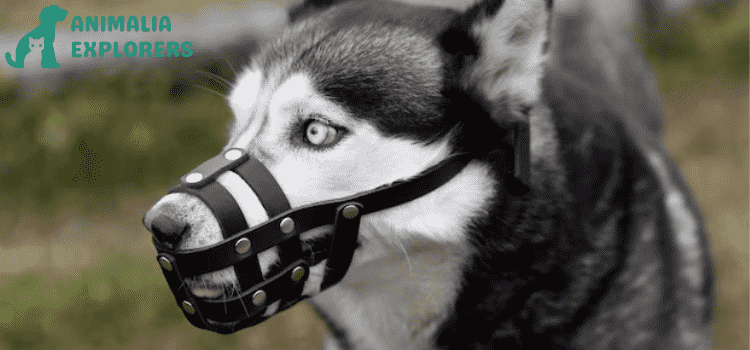
Training your dog is an essential aspect of being a responsible pet owner. Not only does it help to strengthen the bond between you and your furry companion, but it also ensures their safety and well-being. A well-trained dog is less likely to engage in dangerous behaviors that could put them at risk, such as running away or pulling on their collar excessively.
Here are some crucial tips for training your dog that will not only keep them safe but also make your life as a pet owner easier:
- Start early: It’s important to start training your dog from a young age. Puppies have a shorter attention span, making them more receptive to learning new commands. By starting early, you can establish good behavior patterns and prevent any unwanted behaviors from developing later on.
- Be patient: Training takes time and patience, so don’t get frustrated if your dog doesn’t pick up on things right away. Every dog learns at their own pace, so be consistent with your approach and give them time to understand what is expected of them.
- Use positive reinforcement: Reward-based training has been proven to be more effective than punishment-based methods. Whenever your dog exhibits good behavior, reward them with treats, praise, or playtime. This will reinforce the desired behavior and motivate them to repeat it in the future.
- Be consistent: Consistency is key when it comes to training dogs. Use the same commands and hand signals every time you want your dog to perform a specific action. This will help them understand what is expected of them and avoid confusion.
- Keep training sessions short: Dogs have short attention spans, so it’s important to keep training sessions short (around 10-15 minutes) and end on a positive note. This will help prevent your dog from becoming bored or frustrated.
- Seek professional help if needed: If you’re having trouble training your dog or they have behavior issues that you’re not sure how to address, don’t hesitate to seek professional help from a certified dog trainer. They can provide personalized advice and guidance to help you and your dog succeed.
Remember, training is an ongoing process, and consistency is key. By investing time and effort into training your dog, you will not only keep them safe but also strengthen the bond between you for years to come.
Conclusion
As pet owners, it is our responsibility to keep our furry friends safe and comfortable. By following these six crucial tips, you can ensure that your dog’s collar stays secure and doesn’t pose any risks or discomfort to them. Remember to regularly check the fit of the collar, use breakaway collars for outdoor activities, and avoid leaving collars on overnight. With these simple steps, you can enjoy peace of mind knowing that your beloved companion is safe and happy while wearing their collar. Stay informed and prioritize your dog’s safety by implementing these tips into your routine today!
You may like to read more about shock collars:-




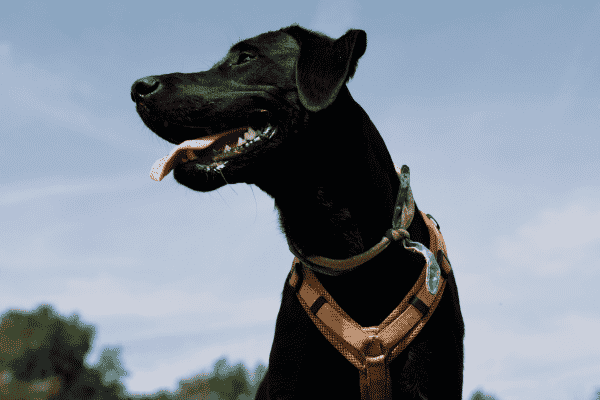
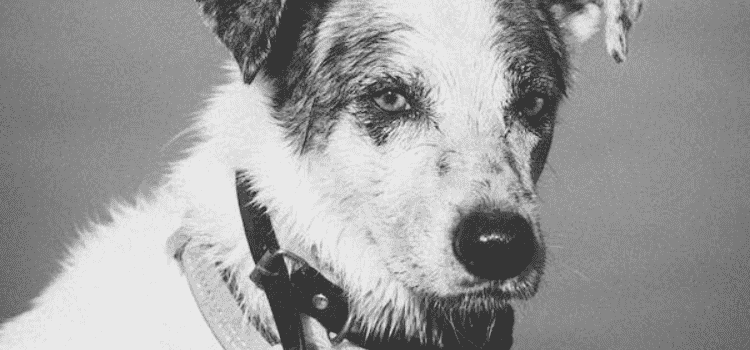
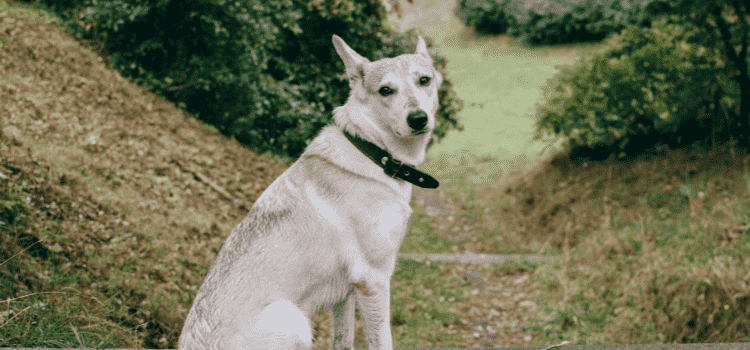
For the past couple days I’ve been frequently visiting this awesome website, they offer valuable insights for visitors. The site owner is doing a fine job informing the community. I’m happy and hope they persist with their excellent efforts.
I believe this web site contains very fantastic indited articles articles.